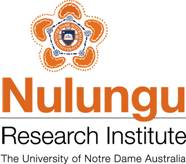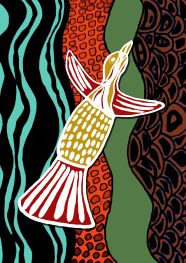Publication Details
Wooltorton, S., Collard, L., & Horwitz, P. (2019). Living water: Groundwater and wetlands in Gnangara, Noongar boodjar. PAN: Philosophy, Activism, Nature (14), 5-23
Abstract
Different languages, knowledge systems and ways of knowing impact upon shared understandings of place across and within landscapes. In this article we illustrate ways in which Noongar and English language-based understandings of groundwater and wetland interactions can inform a third space. Noongar knowledges recognise deep interdependences across social, linguistic, ecological, physical and spiritual domains, while English ways of knowing highlight separations and abstractions such as those between people and nature, and spirit and matter. The English language assumes a linear sense of time in which the past is always behind the present, where going forward is associated with progress. Noongar language acknowledges cycles of time, enabling the heroic characters and ancestors of the past to participate in a ‘long now’, and continue to impress upon people the need to care through the maintenance of storied and sacred places, an example of a living mythos. Using Latour’s social theory (2017), we show the instability of separations, particularly between people and nature, due to their multiple interrelationships. Aboriginal ways of addressing wetlands as places in a cosmology can be used by all visitors and residents, to nurture a sense of respect, care and familiarity. We recommend learning local Aboriginal languages and place-based knowledges in environmental sciences at all levels, and in all schools to facilitate this process.
Keywords
Noongar language, Aboriginal knowledges, living water






Comments